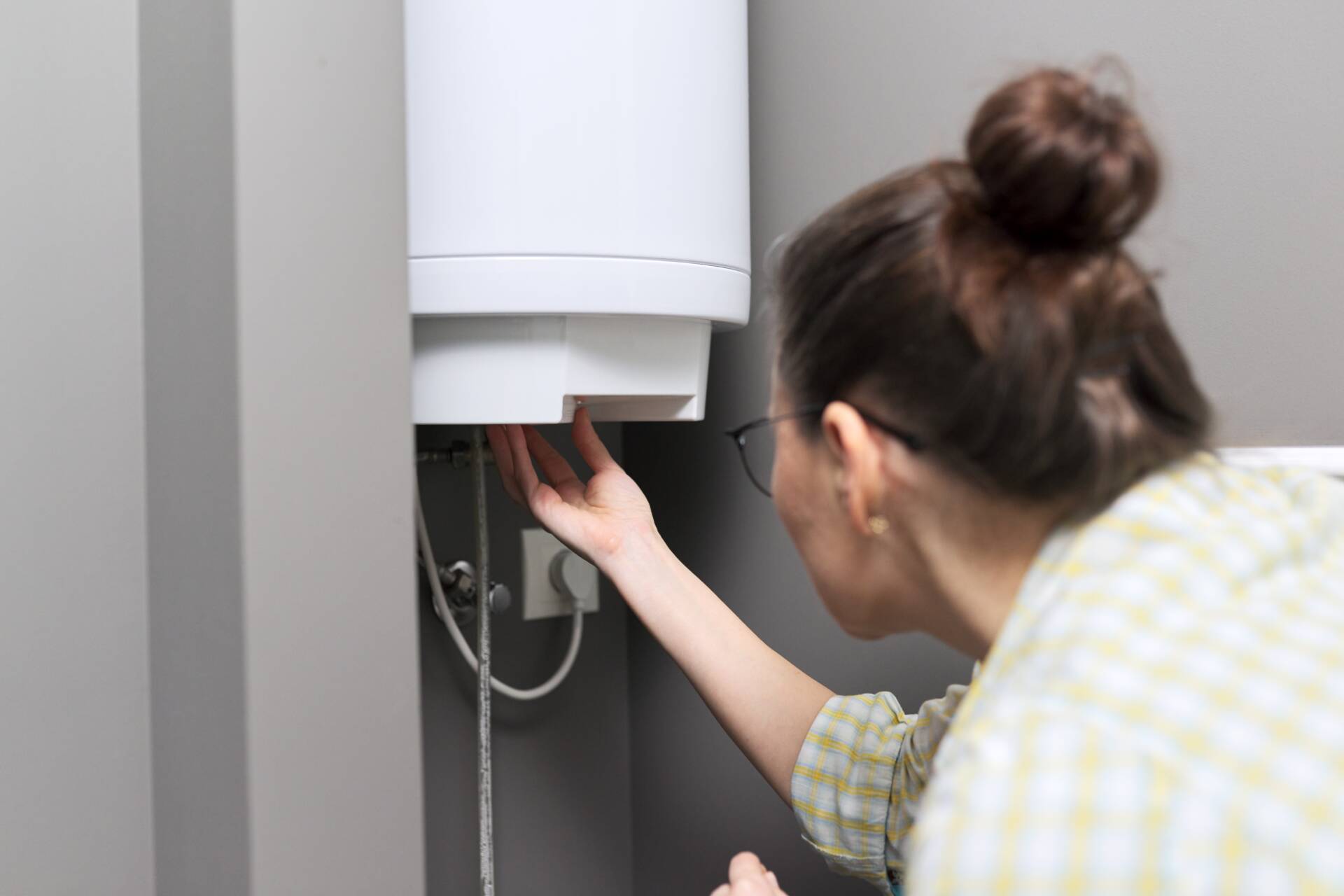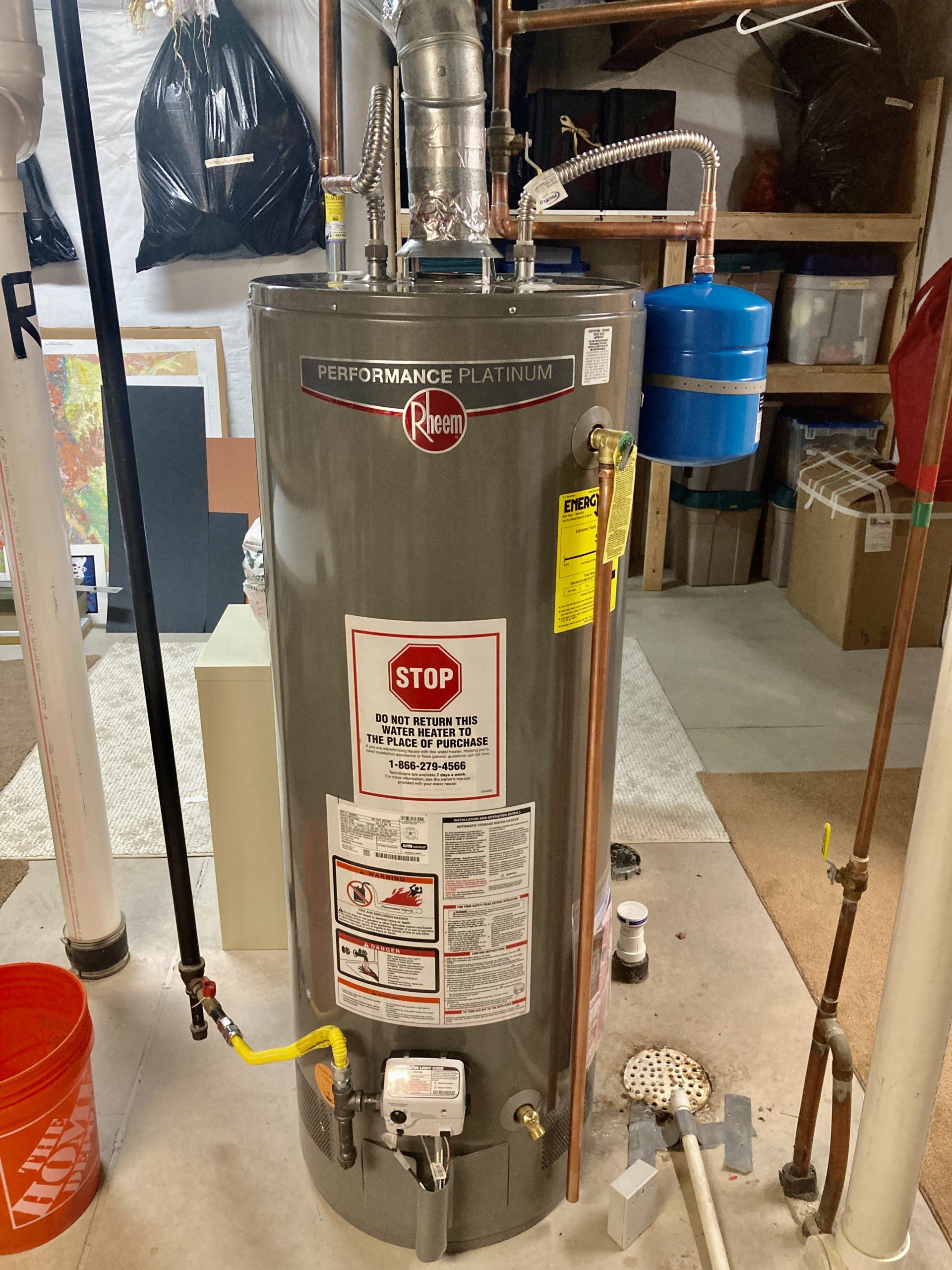Tips on How to Keep Your Home's Hot Water System in Good Condition
Tips on How to Keep Your Home's Hot Water System in Good Condition
Blog Article
Nearly everybody may have their own individual idea when it comes to How to Maintain a Hot Water Heater in a Few Simple Steps.

Warm water is crucial for day-to-day convenience, whether it's for a rejuvenating shower or washing dishes. To ensure your hot water system runs effectively and lasts longer, regular maintenance is crucial. This post supplies sensible ideas and understandings on exactly how to preserve your home's warm water system to prevent interruptions and expensive repairs.
Introduction
Maintaining your home's hot water system could appear difficult, but with a few straightforward actions, you can ensure it operates smoothly for years ahead. This overview covers whatever from understanding your warm water system to do it yourself maintenance ideas and understanding when to call specialist aid.
Value of Maintaining Your Warm Water System
Routine maintenance not just prolongs the lifespan of your warm water system yet additionally guarantees it operates successfully. Ignoring maintenance can bring about decreased performance, greater energy costs, and even early failure of the system.
Signs Your Warm Water System Needs Upkeep
Knowing when your warm water system needs focus can avoid significant problems. Watch out for indicators such as inconsistent water temperature, odd noises from the heating unit, or corroded water.
Understanding Your Hot Water System
Prior to diving right into maintenance jobs, it's handy to recognize the basic elements of your warm water system. Typically, this includes the hot water heater itself, pipelines, anode poles, and temperature controls.
Regular Monthly Upkeep Tasks
Normal monthly checks can help capture minor problems prior to they rise.
Purging the Hot Water Heater
Flushing your water heater eliminates debris accumulation, enhancing effectiveness and extending its life.
Checking and Replacing Anode Rods
Anode rods prevent corrosion inside the tank. Inspecting and replacing them when broken is crucial.
Evaluating and Readjusting Temperature Level Setups
Changing the temperature settings makes sure optimal efficiency and safety.
Do It Yourself Tips for Maintenance
You can do several upkeep jobs on your own to keep your warm water system in leading condition.
Checking for Leakages
Consistently check pipes and connections for leakages, as these can result in water damages and greater bills.
Checking Stress Alleviation Valves
Evaluating the stress safety valve guarantees it works correctly and avoids excessive stress build-up.
Protecting Pipes
Insulating hot water pipes reduces warmth loss and can conserve power.
When to Call a Professional
While do it yourself maintenance is advantageous, some issues call for expert competence.
Complex Problems Requiring Professional Aid
Instances include significant leaks, electric issues, or if your water heater is continually underperforming.
Regular Expert Maintenance Conveniences
Expert maintenance can include complete assessments, tune-ups, and guaranteeing compliance with safety and security requirements.
Conclusion
Regular upkeep of your home's hot water system is crucial for effectiveness, long life, and expense savings. By complying with these suggestions and knowing when to seek professional assistance, you can make sure a trustworthy supply of hot water without unexpected disturbances.
How to Maintain an Instant Hot Water Heater
Before tinkering with your hot water heater, make sure that it’s not powered on. You also have to turn off the main circuit breaker and shut off the main gas line to prevent accidents. Also turn off the water valves connected to your unit to prevent water from flowing into and out of the appliance. 2. When you’re done, you have to detach the purge valves’ caps. These look like the letter “T†and are situated on either side of the water valves. Doing so will release any pressure that has accumulated inside the valves while at the same time avoid hot water from shooting out and burning your skin. 3. When the purge valves’ caps are removed, you have to connect your hosing lines to the valves. Your unit should have come with three hoses but if it didn’t, you can purchase these things from any hardware or home repair shops. You can also get them from retail stores that sell water heating systems. Read the user’s manual and follow it to complete this task properly. When the hosing lines are connected, open the purge port’s valves. 4. You should never use harsh chemical cleaners or solutions when cleaning your unit. Make use of white vinegar instead. It should be undiluted and you’ll probably use about 2 gallons. 5. Now flush your water heater. This task should probably take about 40 minutes. We can’t give you specific directions for this because the procedure is carried out depending on the type, model and brand of your heater. With that being said, refer to the user’s manual. 6. When you’re done draining the unit, you have to turn off the purge port valves again. Remove the hosing lines that you earlier installed on each of the water valves. Put the valve caps (purge port) back in their respective places and be very careful so as not to damage the rubber discs that are found inside these caps. 7. Now that everything’s back in place, check your user’s manual again to find out how to reactivate your water heating system. 8. Once it is working, turn one of your hot water faucets on just to let air pass through the heater’s water supply pipes. Leave the tap on until water flows smoothly out of it. https://www.orrplumbing.com/blog/2014/september/how-to-maintain-an-instant-hot-water-heater/

I am very fascinated by Tips on Maintaining a Water Heater and I hope you enjoyed the post. Sharing is caring. Helping others is fun. Thanks a lot for taking the time to read it.
Booking Page Report this page